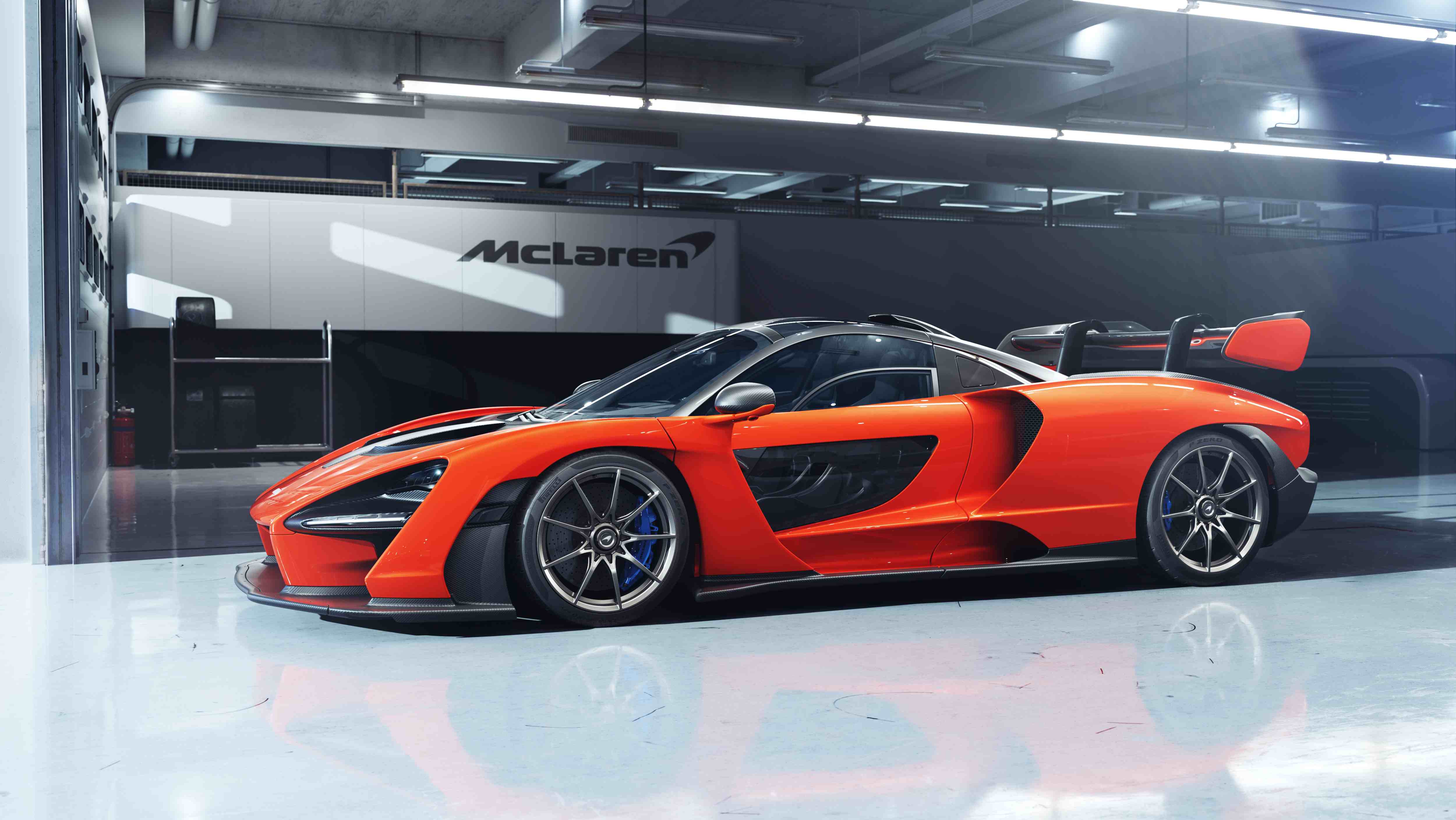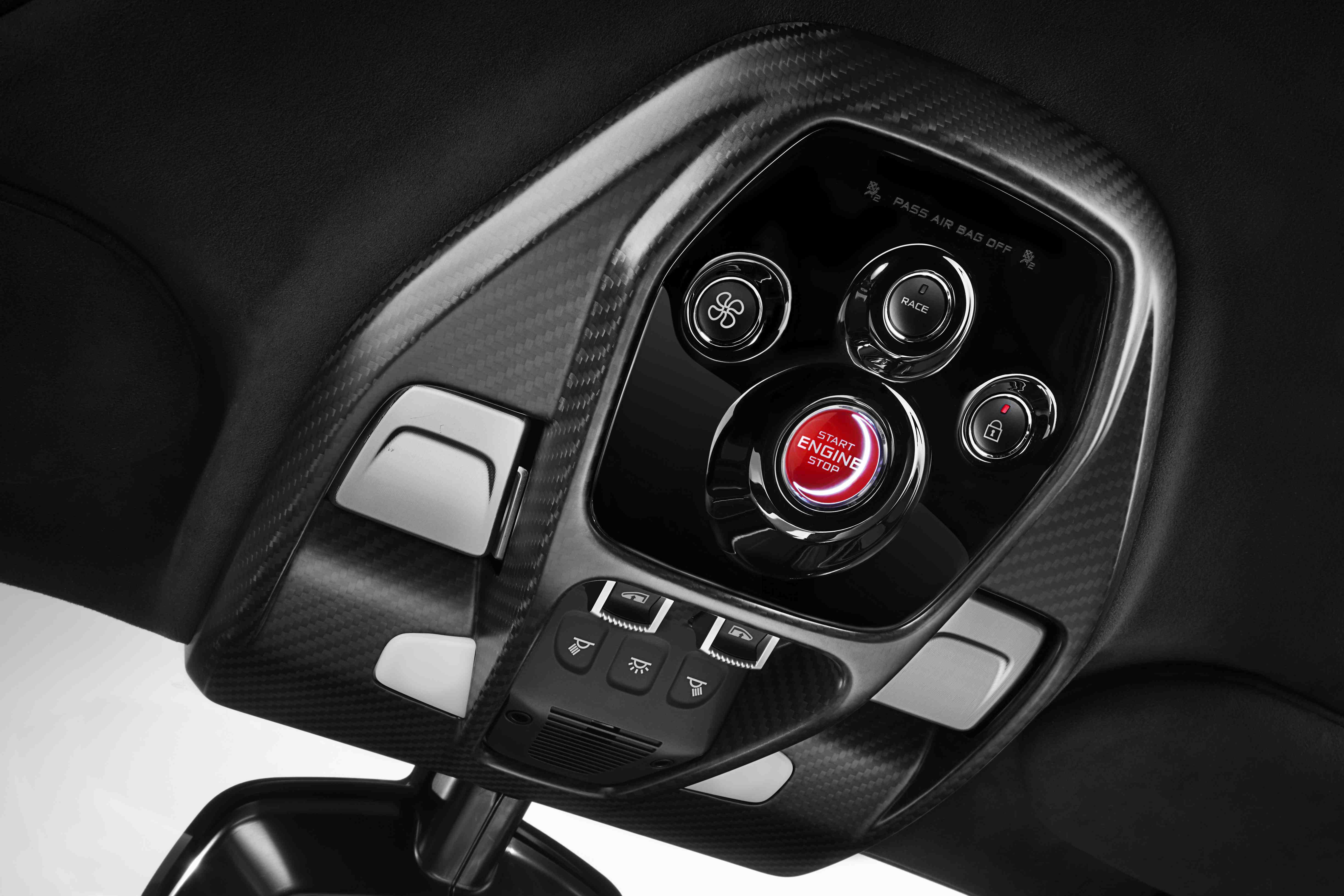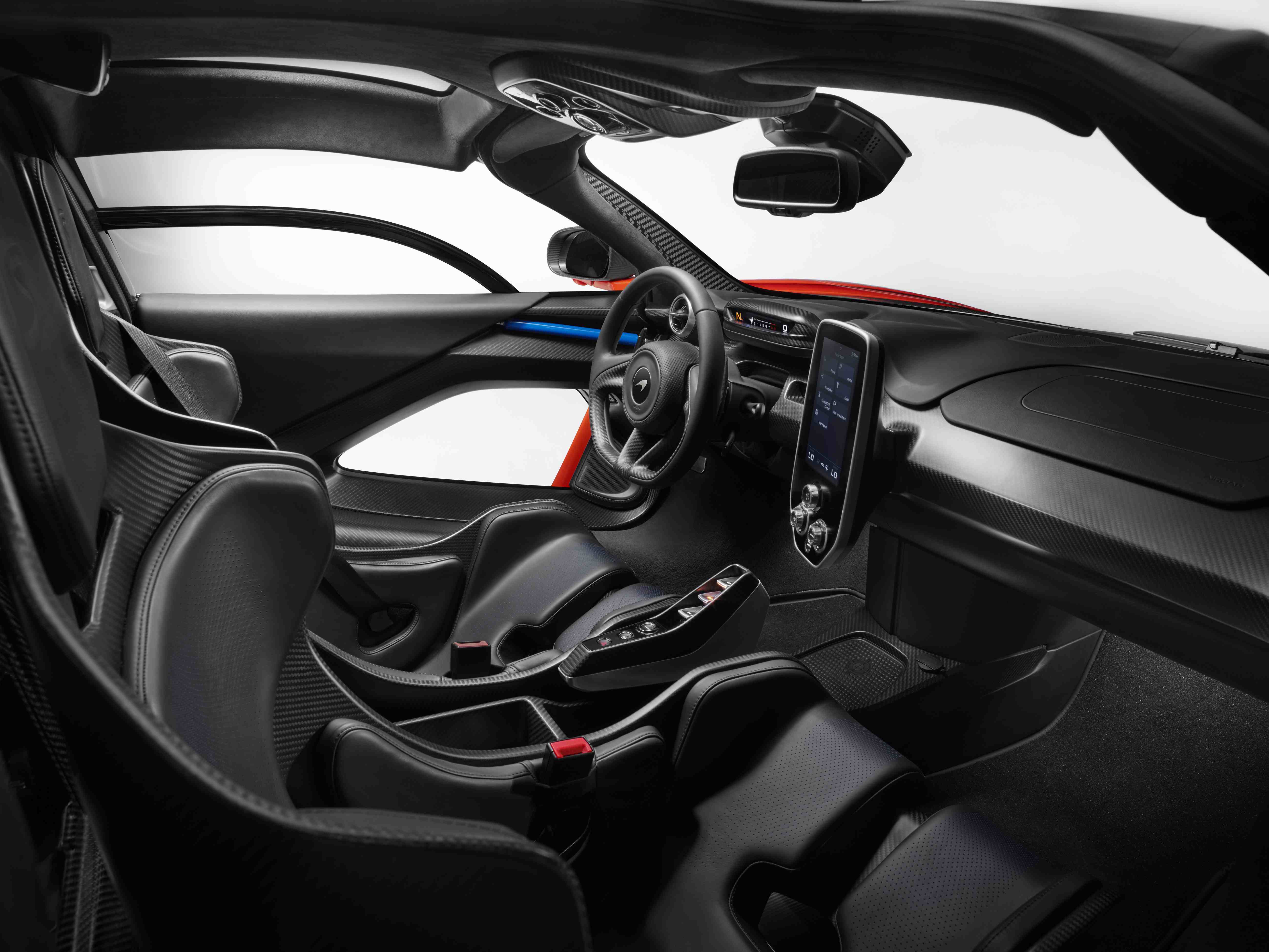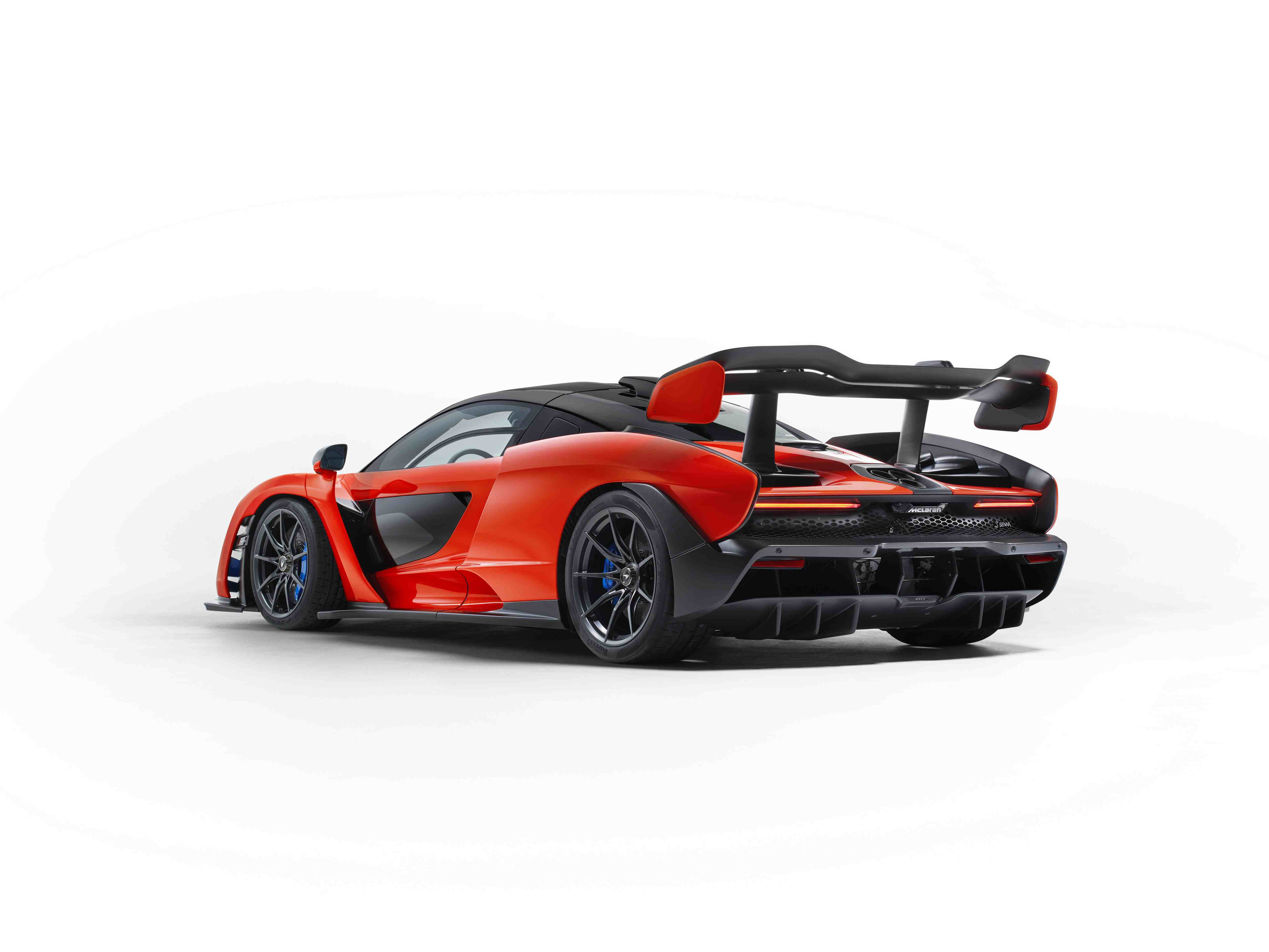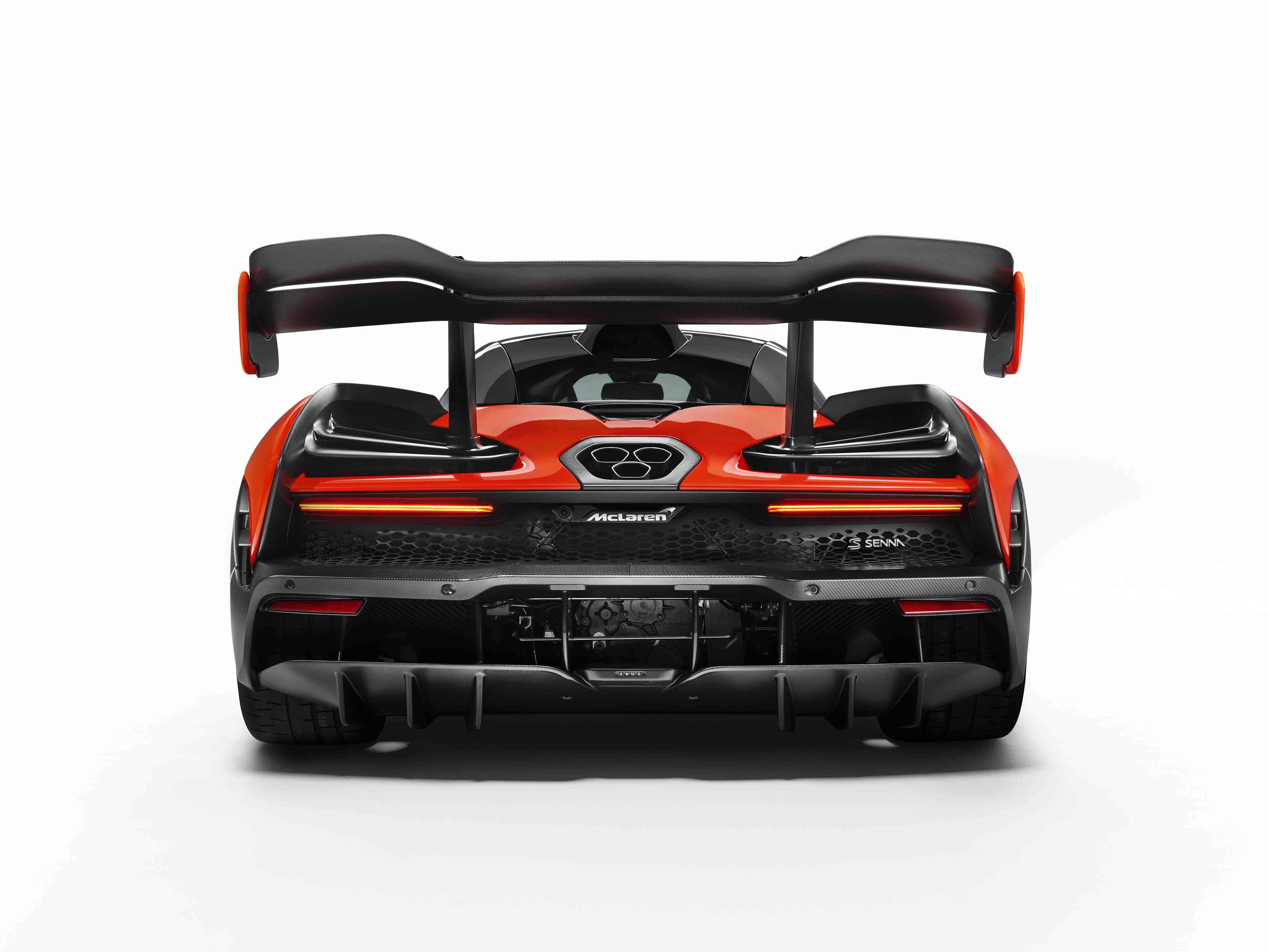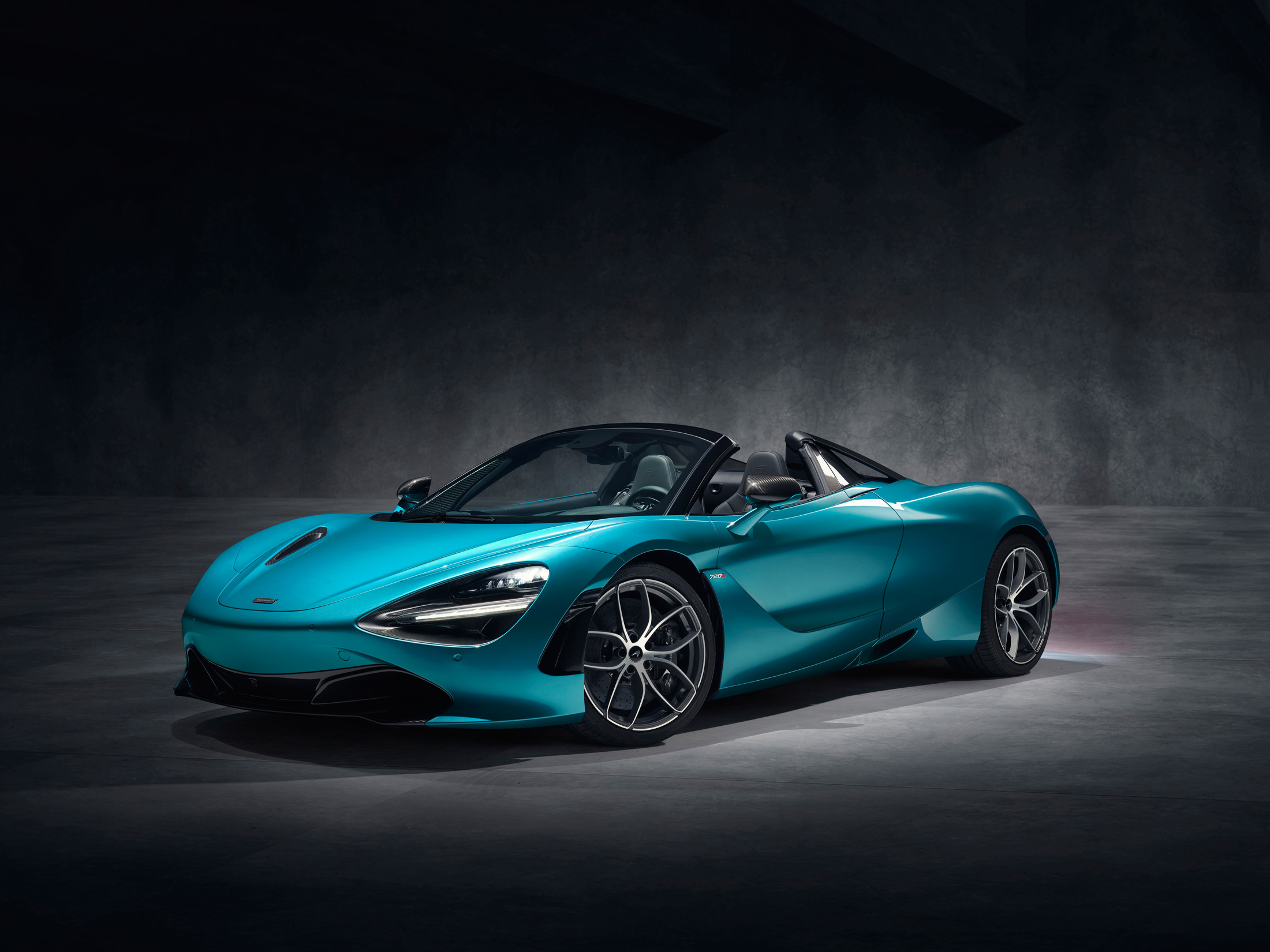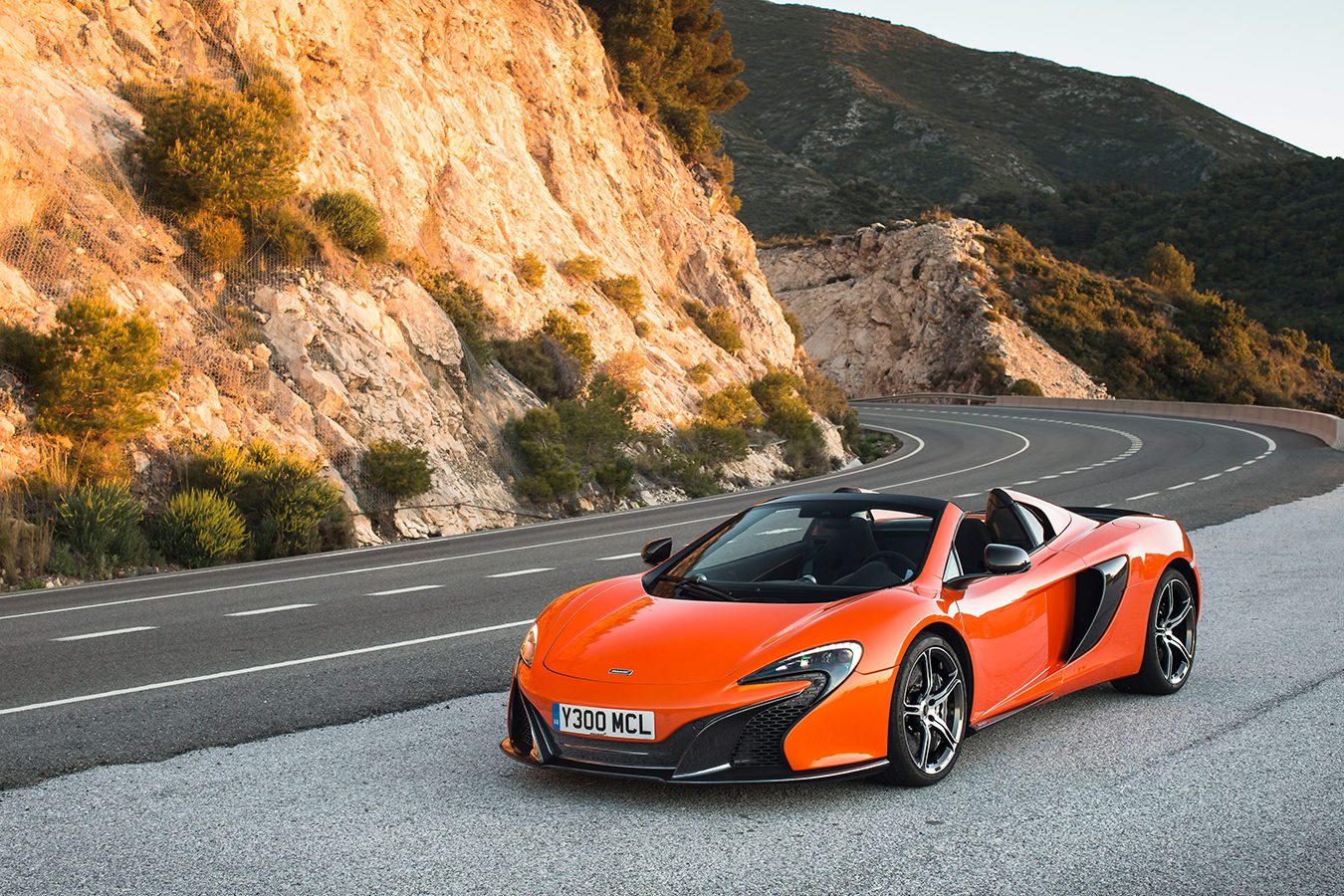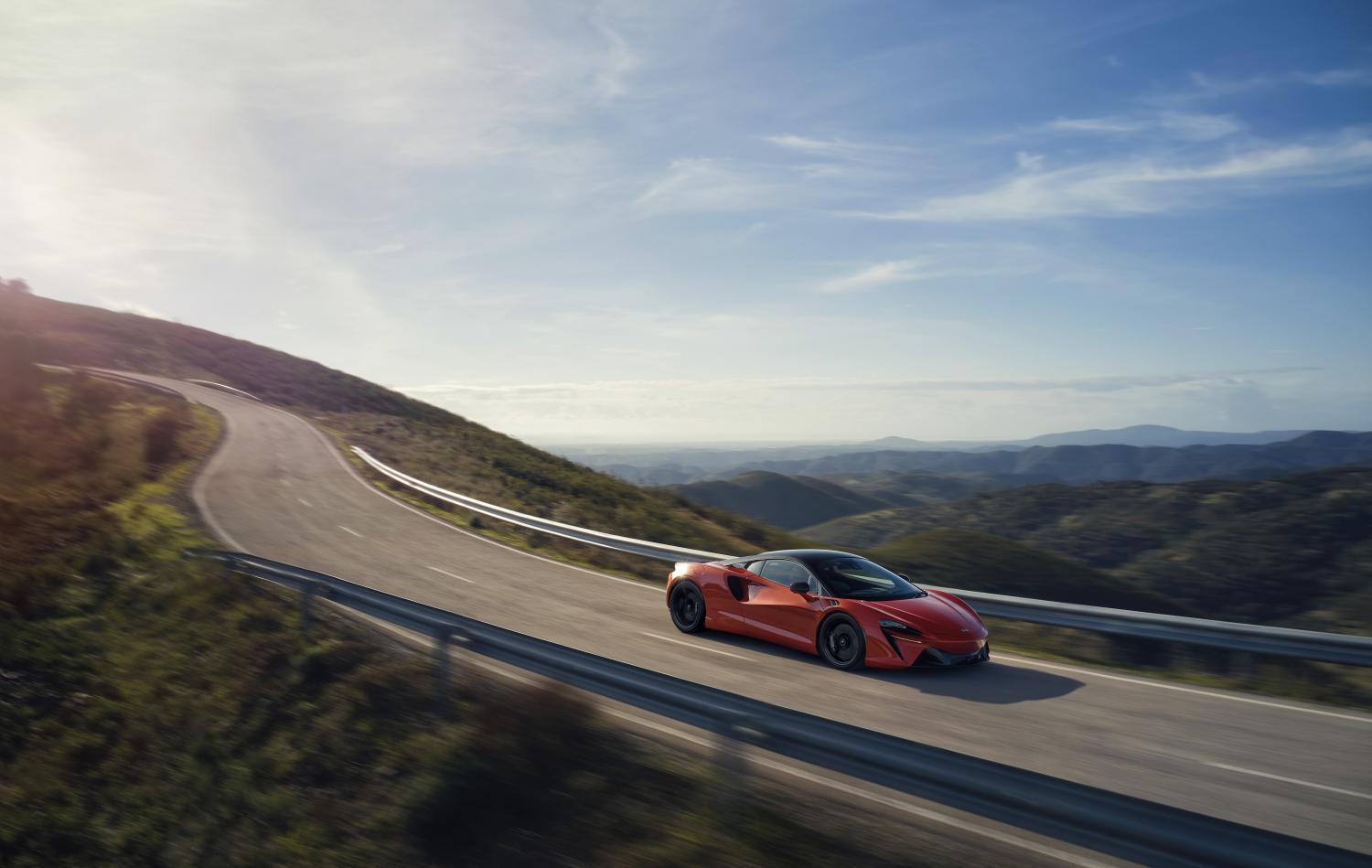The McLaren Senna
New, rare, and fast.
The new McLaren Senna is based on the company’s latest 720S supercar, and is a beastly looking machine. Touted as “the ultimate road-legal track car”, the new Senna is part of McLaren’s Ultimate range, sitting alongside the likes of the P1 hypercar. As something of a follow up to their previous track-ready 675LT, McLaren has created the Senna to be as track specific as possible while still being road legal. It’s lightweight, very powerful, and looks absolutely wild.
Originally known in hushed tones as the “P15”, the Senna’s true name comes from that of legendary Brazilian Formula One driver Ayrton Senna. Arguably one of the most famous personalities in the history of Formula One, Ayrton Senna won three World Championships behind the wheel of a McLaren and drove for the brand from 1988 to 1993. While Senna famously died in a crash at the San Marino Grand Prix in 1994, his legacy as a driver lives on and the Ayrton Senna Institute continues his charitable efforts in support of underprivileged children in Brazil.
Paying tribute to that legacy in automotive form, McLaren’s Senna forgoes the 720S’ smooth curves for a motorsport design that is very much form following function—that is, the function of weight savings and improved aerodynamics. Weighing a very light 2641 lbs (dry), the Senna is McLaren’s lightest car since the F1 (which weighed 2509 lbs). With a four litre twin-turbo V8 pumping out 789 horsepower and 590 lb-ft of torque, the Senna powers past the 676LT, which made 666 horsepower and 516 lb-ft. Being a McLaren, the Senna has a mid-seized engine and sends all of that power to the rear wheels.
Originally known in hushed tones as the “P15”, the Senna’s true name comes from that of legendary Brazilian Formula One driver Ayrton Senna.
While its natural home may be the racetrack, the Senna is road legal and will undoubtedly turn heads wherever it’s driven. From its huge rear wing to its floating body panels and massive air intakes, the Senna is a complex collection of scoops, inlets, vents, and skeletonized componentry. The Senna’s cabin has a fighter jet–style glass canopy that extends not only onto the top panel of the upward opening doors, but also into optional glass panels on the lower side of the doors. While perhaps not the most intuitive position for a window, the look is incredible when viewed from within.
Stripped out and minimal, the Senna keeps the same trick folding gauge cluster and central infotainment layout as seen in the 720S. Given the removal of the usual coverings and bits of trim, the interior of the Senna is more architectural, with exposed gas struts for the door mechanism and a roof-mounted console for the door controls (and the engine start button).
While McLaren does a great job of designing cars that can balance both daily driving and track time, the Senna attempts to almost entirely shift that balance in favour of the racetrack. Track-focused cars are very hot right now, and the Senna offers an extreme and exclusive expression of performance-minded appeal.
Priced from £750,000 (roughly $1.28-million Canadian), McLaren is producing only 500 Sennas—at launch 499 had already been claimed. Shortly following the unveiling, the single remaining production slot was offered at auction by McLaren and earned an impressive £2-million ($3.4-million Canadian) for the Ayrton Senna Institute.
McLaren is a hallmark name in both motorsports and performance road cars and the previous track-ready 675LT sold out almost immediately upon release. For the well-heeled enthusiast with a fleet of more casual cars in the driveway, the Senna offers an entirely specific (and wild looking) approach to track driving and all signs point to it being a very rare and very fast addition to any day at the track.
_________
Never miss a story. Sign up for NUVO’s weekly newsletter.





